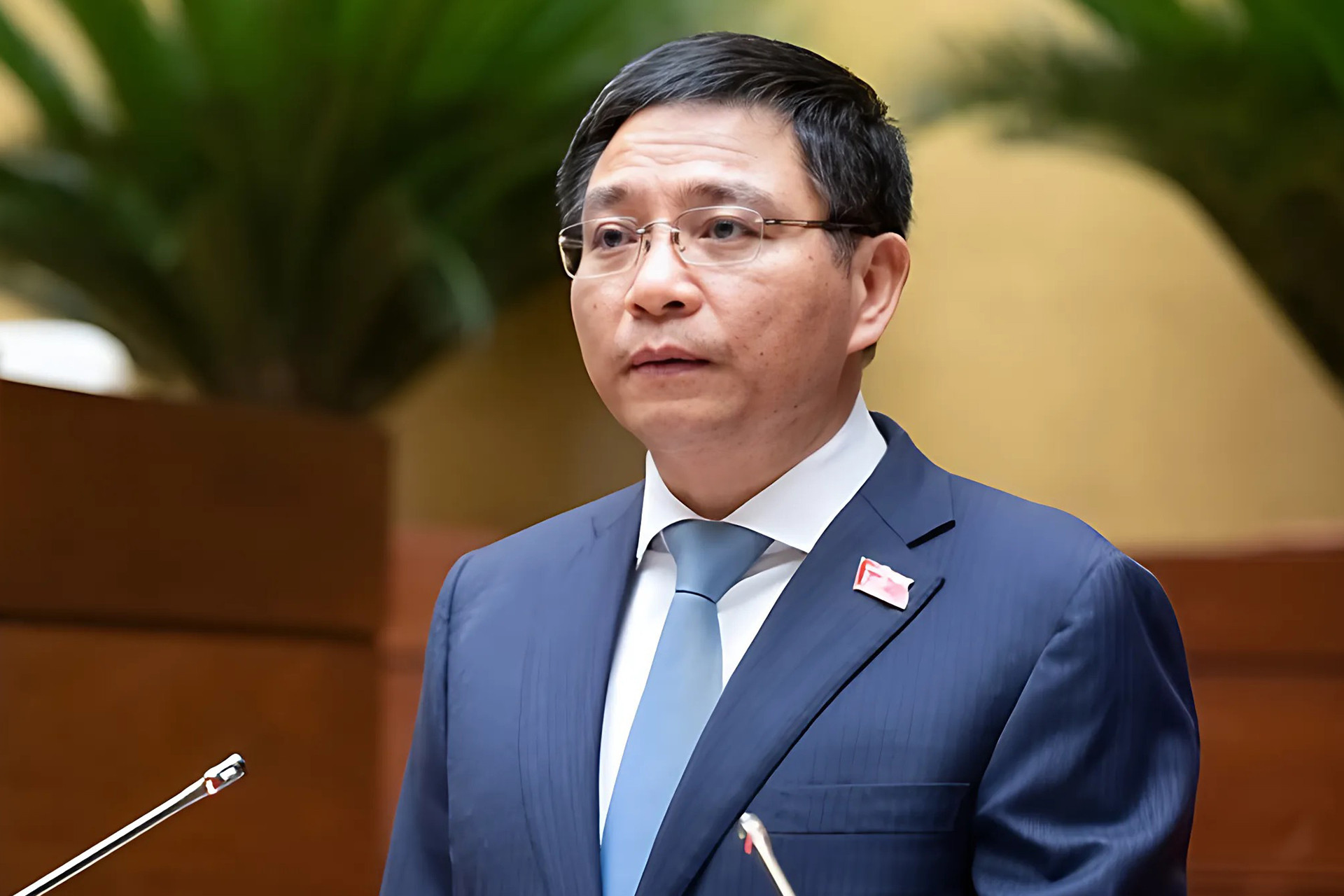
Finance Minister Nguyen Van Thang on May 13 presented the draft National Assembly’s resolution expected to replace the National Assembly’s Resolution No 35, on specific mechanisms and policies for Hai Phong’s development.
According to Thang, in the last three years of implementing Resolution 35 with policies on financial management, state budget, land management, planning, and income for city-managed public employees, achievements have been gained but have not created a breakthrough for Hai Phong.
“Issuing a new resolution to replace it aims to address bottlenecks, create breakthroughs, and have a significant impact in the Red River Delta, contributing more to high growth targets in 2026-2030. This is necessary and aligns with the Politburo’s goals,” Thang affirmed.
The draft proposes maximum decentralization for Hai Phong to enhance proactivity, creativity, autonomy, and accountability through six major policy groups and 41 specific policies related to investment management; finance and state budget; planning, urban areas, resources, and environment; science and technology management, and innovation.
The Government has created income incentives for officials, public employees, and staff. The city will implement mechanisms to create resources for salary reform as regulated.
After Hai Phong’s budget ensures sufficient resources for salary reform and centrally mandated social welfare policies during the resolution’s implementation, the city’s People’s Council can decide how to use the remaining funds and allow lower-level budgets to use these funds for additional income payments for public employees based on work performance.
The additional payments must not exceed 0.8 times the salary levels based on job position, title, or leadership role.
This policy was previously permitted by the National Assembly under Resolution No35/2021 and yielded positive results. Thus, the Government proposes continuing to apply this policy.
Additionally, the Government proposes establishing a free trade zone (FTZ) in the city with specific mechanisms and policies.
The draft specifies that the FTZ is a geographically defined area established to pilot exceptional, groundbreaking mechanisms and policies to attract investment, finance, trade, services, export promotion, industry, research and development, and high-quality human resources.
Hai Phong’s FTZ will be structured with functional areas such as production, port and port logistics, and commercial-service zones.
The draft resolution suggests authorization to the Hai Phong People’s Committee to establish, expand, or adjust the FTZ’s boundaries in connection with the Dinh Vu – Cat Hai Economic Zone and the Southern Hai Phong Coastal Economic Zone, similar to industrial zones.
Mechanisms and policies in this resolution will be applied to new provincial administrative units after Hai Phong merges with other provincial units.
Unique advantages to be exploited
Chair of the National Assembly’s Economics and Financial Committee Phan Van Mai agreed with the proposed income incentives for Hai Phong’s public employees.
The proposed policy aligns with Resolution No 27/2018 of the Central Committee, which states: “Expand the pilot mechanism for certain centrally governed provinces and cities that can balance their budgets and have sufficient resources for salary reform and social welfare policies, allowing to spend on additional average income payments not exceeding 0.8 times the basic salary fund for public employees under their management.”
This policy is applied in HCM City, Da Nang, and Can Tho.
For other policies, Mai noted that evaluations and goals are mostly based on Hai Phong’s geography, population, and potential before the merger.
“Policy development needs thorough research to leverage unique advantages in geography, economy, culture, and society, and align with the Politburo’s guidance on transitioning specific mechanisms and policies for certain localities after administrative restructuring,” Mai said.
He also recommended that the drafting agency add regulations on responsibility regimes, ensuring authority aligns with accountability.
Regarding the FTZ establishment, Mai said it involves not only economic aspects but also national defense, security, and social order. Therefore, ministries, sectors, and localities need to clarify the impact on growth, society, risk management mechanisms, and oversight to ensure “openness while maintaining financial safety, economic security, and social order”.
On April 12, 2025, Party Committee Secretary General To Lam signed and promulgated a resolution of the 11th Conference of the 13th Party Central Committee. At this conference, the Central Committee approved the merger of several provinces, including Hai Duong and Hai Phong city. The new administrative unit after the merger is named Haiphong city.
After the merger, the new Hai Phong city, with over 4.6 million people and an area of nearly 3,200 square kilometers, will boast modern economic and social infrastructure, poised for significant breakthroughs. The city features an international airport, a deep-water port ranked among the top 20 globally, a diverse network of road, rail, and inland waterway connections.
The Vinh